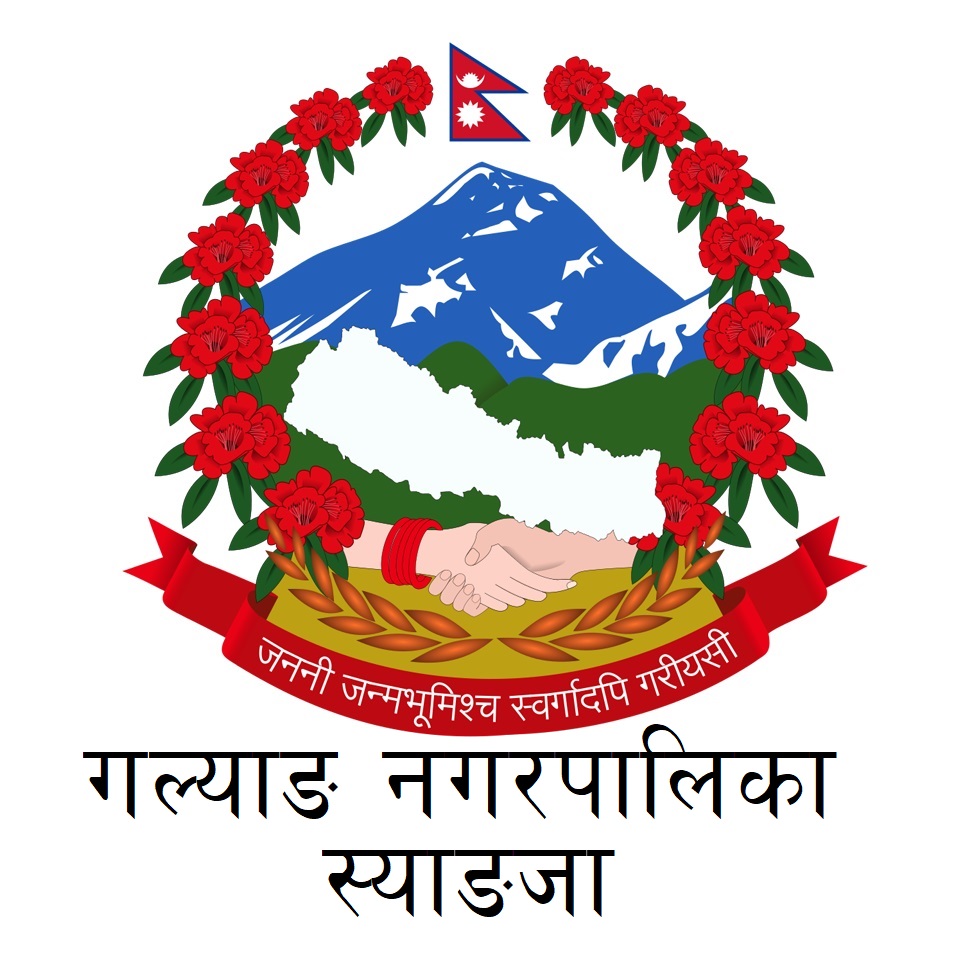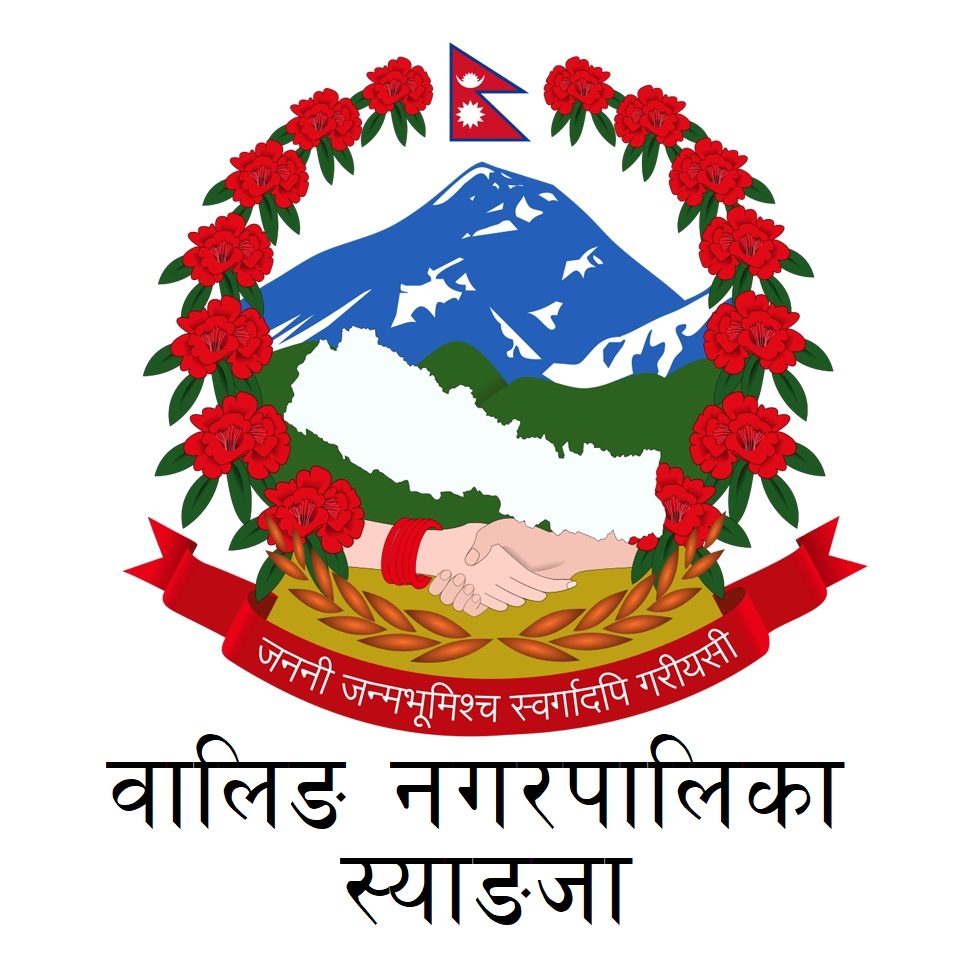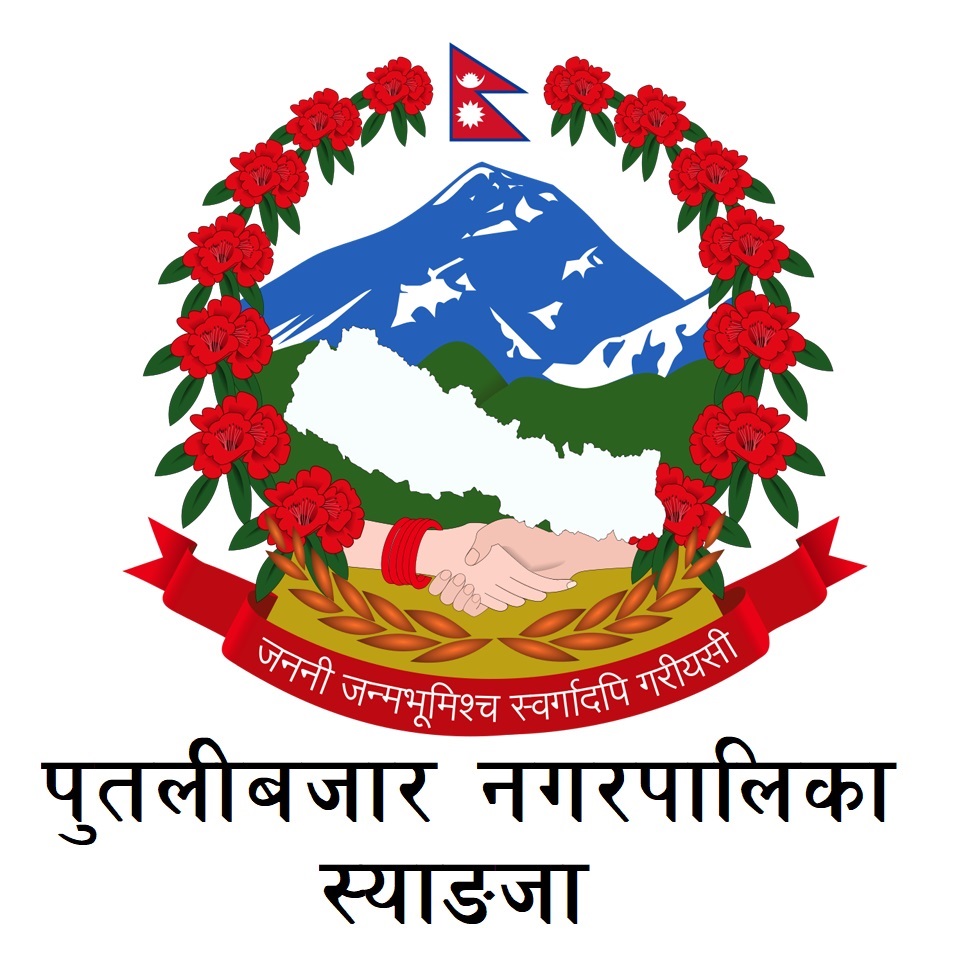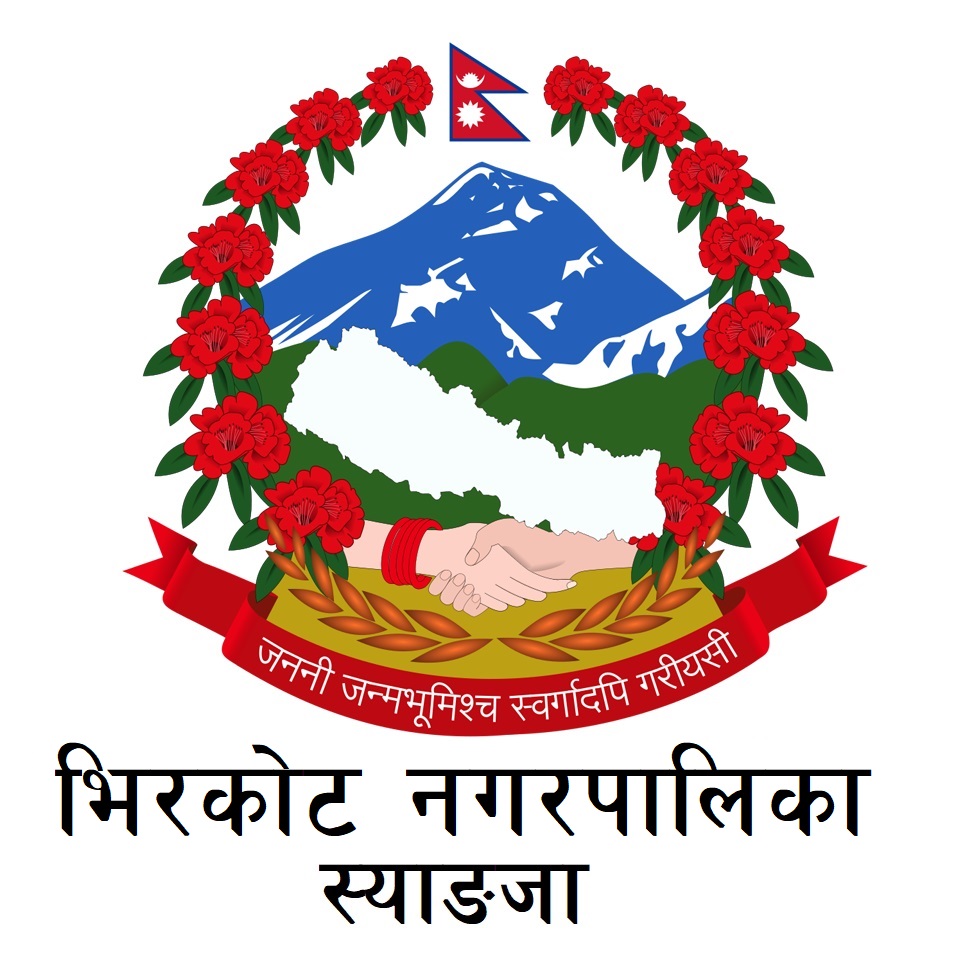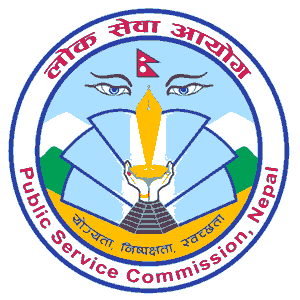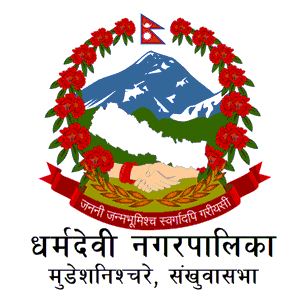Overview
Chapakot Municipality (चापाकोट नगरपालिका, स्याङजा) was established on 18 May 2014 as a local government of Nepal. The headquarters of the Chapakot Nagarpalika is located in Suntalitar, Syangja, Gandaki Province of Nepal. Chapakot is an urban municipality and also known as Nagarpalika in the Nepali Language.
Chapakot Municipality is surrounded by Tanahun district on the East, Parbat district and Galyang Municipality on the West, Biruwa and Harinas Rural Municipality on the North and Galyang Municipality and Palpa district on the South.
The total area of the Chapakot Municipality is 120.59 km2 (49.56 sq. mi) and the total population of the municipality is according to 2011 (2068 BS) Nepal census is 26,042 individual. The density of this rural municipality is 220/km2 (560/sq. mi). This municipality is divided into 10 wards. The elevation of this rural municipality is 1473 feet altitude from sea level.
Chapakot, which is in the south-eastern part of the Syangja district, is one of the most delightful, beautiful, peaceful places in Nepal. Chapakot is surrounded by a mountain and can be taken from all sides as a model valley. The river Kaligandaki, which is specially located in the south part, is known as Shaligram Shila, which describes the beauty of Chapakot. Although there are major inhabitants of Brahmans, Kshetri, Newar, Sunar, Thakuri, Sarki, Kumal, and Bishwakarma.
In the northern part of the Chapakot, which is often connected to the border with Keware Bhanjyang. Similarly, the southern part which is separated with Palpa, making the border of Kaligandaki. And in the western part, the border with the Pakawadi is often settled in the area of Brahman. Although many species of the species, the main religion of this region is the Hindu. Most people here celebrate celebrations with Dashai, Tihar, Teej etc.
Chapakot municipality was restructured by merging Sekham, Sankhar, Ward no. 8 of Pakbadi and Ward no. (1-3, 5-9) of Malengkot Village Development committees (VDCs) on March 12, 2017. This urban Municipality came into existence on 18 May 2014 (2071 Baishakh 25).



